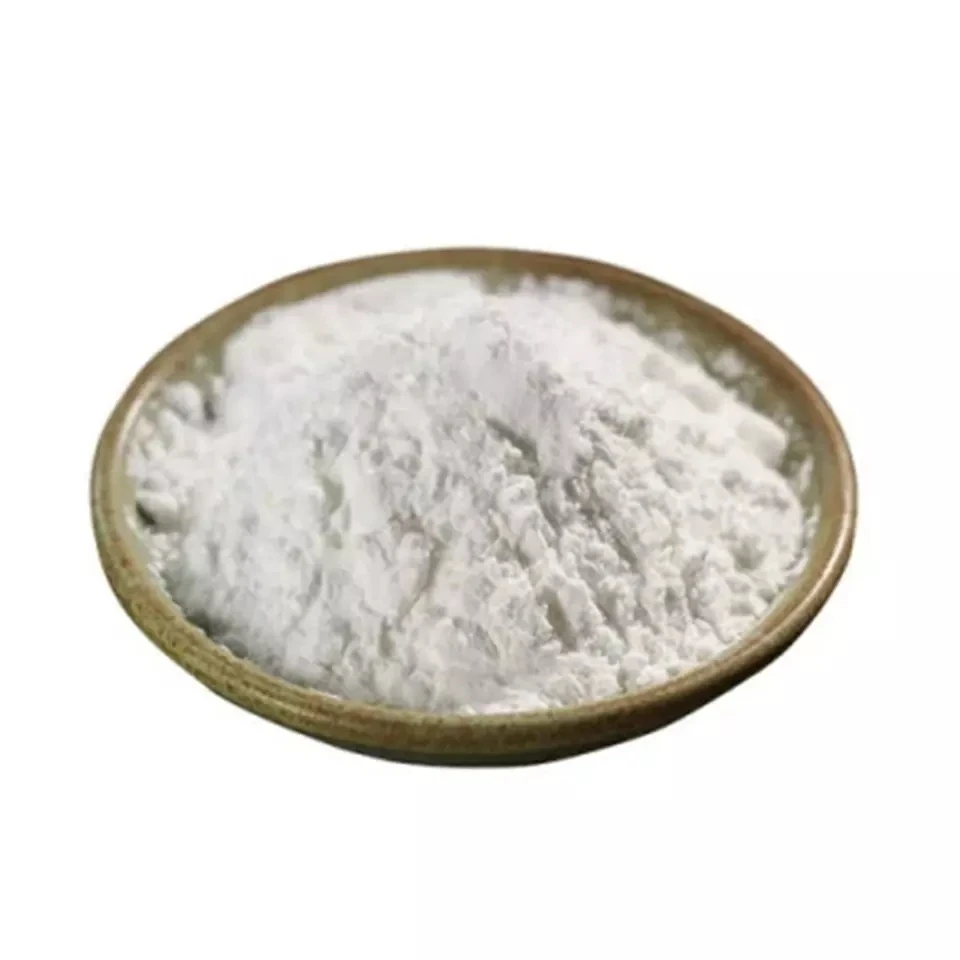Warning: Undefined array key "title" in /home/www/wwwroot/HTML/www.exportstart.com/wp-content/themes/1198/header.php on line 6
Warning: Undefined array key "file" in /home/www/wwwroot/HTML/www.exportstart.com/wp-content/themes/1198/header.php on line 7
Warning: Undefined array key "title" in /home/www/wwwroot/HTML/www.exportstart.com/wp-content/themes/1198/header.php on line 7
Warning: Undefined array key "title" in /home/www/wwwroot/HTML/www.exportstart.com/wp-content/themes/1198/header.php on line 7
- Afrikaans
- Albanian
- Amharic
- Arabic
- Armenian
- Azerbaijani
- Basque
- Belarusian
- Bengali
- Bosnian
- Bulgarian
- Catalan
- Cebuano
- China
- China (Taiwan)
- Corsican
- Croatian
- Czech
- Danish
- Dutch
- English
- Esperanto
- Estonian
- Finnish
- French
- Frisian
- Galician
- Georgian
- German
- Greek
- Gujarati
- Haitian Creole
- hausa
- hawaiian
- Hebrew
- Hindi
- Miao
- Hungarian
- Icelandic
- igbo
- Indonesian
- irish
- Italian
- Japanese
- Javanese
- Kannada
- kazakh
- Khmer
- Rwandese
- Korean
- Kurdish
- Kyrgyz
- Lao
- Latin
- Latvian
- Lithuanian
- Luxembourgish
- Macedonian
- Malgashi
- Malay
- Malayalam
- Maltese
- Maori
- Marathi
- Mongolian
- Myanmar
- Nepali
- Norwegian
- Norwegian
- Occitan
- Pashto
- Persian
- Polish
- Portuguese
- Punjabi
- Romanian
- Russian
- Samoan
- Scottish Gaelic
- Serbian
- Sesotho
- Shona
- Sindhi
- Sinhala
- Slovak
- Slovenian
- Somali
- Spanish
- Sundanese
- Swahili
- Swedish
- Tagalog
- Tajik
- Tamil
- Tatar
- Telugu
- Thai
- Turkish
- Turkmen
- Ukrainian
- Urdu
- Uighur
- Uzbek
- Vietnamese
- Welsh
- Bantu
- Yiddish
- Yoruba
- Zulu
Aug . 27, 2024 16:55 Back to list
saccharin
The History and Impact of Saccharin
Saccharin, a synthetic sweetener discovered in 1879 by chemist Constantin Fahlberg, has played a significant role in the world of food and beverages. Initially synthesized while studying coal tar derivatives, Fahlberg realized that the substance had a remarkably sweet taste, far surpassing that of sucrose, or table sugar. This discovery marked the beginning of a new era in sweetening agents, catering to a growing demand for sugar alternatives.
During the early 20th century, saccharin was used primarily in processed foods and beverages, gaining popularity among those looking to reduce sugar intake, particularly during World War I when sugar was rationed. Its low-calorie attribute made it an appealing option for diabetics and individuals trying to manage their weight. However, the path of saccharin was not always smooth. In the 1970s, studies suggested a potential link between saccharin and cancer in laboratory rats, leading to a temporary ban and warnings on food labels. This controversy ignited widespread debate about the safety of artificial sweeteners, causing many consumers to question their long-term health effects.
saccharin

Despite the scare, subsequent research did not conclusively link saccharin to cancer in humans, and it was eventually removed from the list of potential carcinogens by the U.S. National Toxicology Program in 2000. This reinstatement allowed saccharin to regain its position as a widely used sweetener, often found in products labeled as sugar-free or diet. Today, saccharin is commonly used in a variety of products, including soft drinks, candies, and even toothpaste.
One of the critical advantages of saccharin is its intense sweetness—approximately 300 to 500 times sweeter than sucrose. This property allows manufacturers to use it in minimal amounts, making it cost-effective for mass production. Additionally, saccharin has a long shelf life and retains its sweetness under heat, making it suitable for cooking and baking.
In the contemporary health landscape, where obesity rates continue to rise, saccharin and other artificial sweeteners serve as alternatives for those seeking to curtail their sugar consumption. However, debates about the safety and health implications of artificial sweeteners persist. As research evolves, consumers are encouraged to make informed choices based on available scientific evidence, illustrating the delicate balance between enjoyment and health in the ongoing quest for sweetness without compromise.
Latest news
-
Certifications for Vegetarian and Xanthan Gum Vegetarian
NewsJun.17,2025
-
Sustainability Trends Reshaping the SLES N70 Market
NewsJun.17,2025
-
Propylene Glycol Use in Vaccines: Balancing Function and Perception
NewsJun.17,2025
-
Petroleum Jelly in Skincare: Balancing Benefits and Backlash
NewsJun.17,2025
-
Energy Price Volatility and Ripple Effect on Caprolactam Markets
NewsJun.17,2025
-
Spectroscopic Techniques for Adipic Acid Molecular Weight
NewsJun.17,2025

